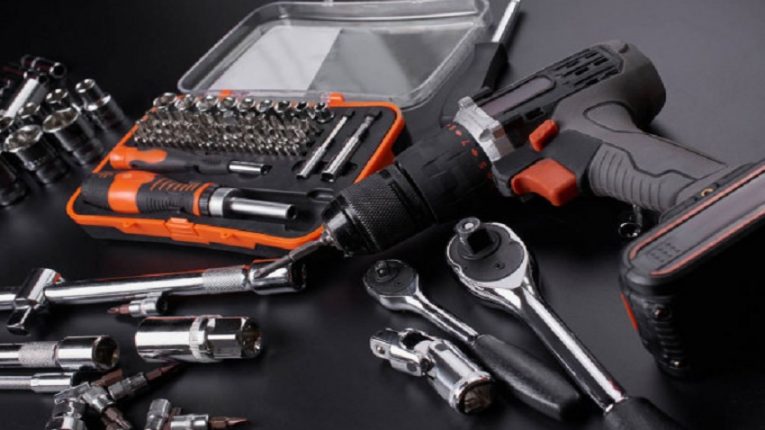
5 Helpful Tips If You Want to Try to Do Your Own Repairs
Sending your vehicle to a repair shop can get expensive, to say the very least. For one, you have to pay for the replacement parts your car needs, whether that’s brakes, apex chassis suspension and steering components, or something else entirely. Plus, there’s also the matter of covering labor, which can vary depending on the repair shop or mechanic.
According to car experts and reviews like Protect My Car reviews, independent automotive repair shops typically charge $70 to $90 per hour. Meanwhile, people that take their cars to dealerships for services and repairs should expect to spend somewhere in the neighborhood of $80 and $125 hourly for labor.
The point is that professional work can get a bit pricey sometimes. That’s why many car owners choose to tackle repairs on their own, sometimes they’ll decide to make their modifications themselves too, adding things like performance fuel injectors to try and make their car run even better! If that sounds like it describes you to a T, make sure you use these five helpful tips to ensure your DIY mechanic projects go smoothly.
Clean Corroded Battery Terminals
It is not uncommon for car battery posts and terminals to become corroded from time to time. However, when corrosion enters the picture, it is best to clean and eliminate it promptly. Failing to do so could have an impact on your charging system. Furthermore, it may mess with other computer-controlled systems.
So, keep the battery terminals or posts clean, and hopefully, electrical issues will remain at bay. This task should be simple enough. Just be sure to wear the appropriate safety gear to avoid getting hurt.
Purchase OEM Parts
Usually, generic parts are cheaper than OEM parts. With generic car parts, you can save some money in the short term. However, if these parts are of low-quality, they could break after a brief stint, costing you more cash eventually.
Therefore, if one of your primary concerns is to save money, OEM parts typically make for better investments. You’ll pay more for these parts upfront, but these will last longer. Why not purchase OEM parts from the get-go to avoid potential problems down the line that can leave you breaking the bank?
Rotate Your Tires
Refer to your owner’s manual to determine how often to rotate your tires. But, as a rule of thumb, this job is normally completed every 5,000 miles. When tires do not become rotated throughout their lifetimes, they tend to wear abnormally. For instance, the front wheels may show signs of balding toward the inside or outside. Then, control can become an issue as your vehicle’s front end might begin shaking violently or pulling to the left or right.
These can increase the risk of a crash, so it’s best to rotate your tires periodically. Doing so will help your tires last longer and prevent mishaps.
Pop That Dent Out
People try to ensure their vehicles don’t get dented, but sometimes, there is no stopping the blemishes. For example, maybe you run into the local grocery store to grab a few items, only to find your car with a minor dent in the door when you return. It appears that somebody ran a basket into your ride, but luckily, the paint didn’t get scratched. As such, you might be able to pop the dent out on your own with the help of a plunger and some boiling water.
Make sure the plunger you get doesn’t have a flange on the bottom for a toilet. Instead, use one that’s flat and meant for use on sinks. Clean the dented area of your car. Then, apply the hot water, being careful not to burn yourself. Attach the plunger to the dented surface and use minimal force to push. After all, you don’t want to use too much power and worsen the situation. If the process works, that dent should be no more in as few as three thrusts.
Replace or Restore Headlights
Your vehicle’s headlights need to be fully functional at times. Not only will that ensure they cut through the darkness with ease, but it will also help other drivers see you at night. Unfortunately, as headlamps age, they often become discolored and filmy. Once that happens, the bulbs are usually no longer as effective as they once were. This can make nighttime driving more dangerous.
You can avoid this issue entirely by ensuring your car’s headlights always work. One way to rest assured that your car is always visible at night is by replacing your headlights after they film over. Replacement headlights or headlight lenses can typically be ordered through auto parts stores and dealerships. You may even be able to find good pre-owned headlight parts at a salvage yard.
In addition, there are also headlight restoration kits available. You can find these online or at a brick-and-mortar auto parts store. Then, rather than replacing the lenses, you’ll follow the unit’s directions to restore the crystal-clear quality of the headlight lens.
The Final Thoughts
If you’re all about DIY auto repair, use tips like these when it’s time for projects. But if you don’t want to get your fingernails dirty, using a professional shop to service your ride is the alternative.
You might also want to consider getting an extended car warranty or a vehicle protection plan, especially if you’re not the DIY type. An extended car warranty is exactly what you need to get expert auto repair services through a local mechanic without spending what feels like an arm and a leg. Extended car warranties may come in handy for vehicles that have racked up a significant number of miles over their lifetimes. Luxury cars may also benefit from the added protection.
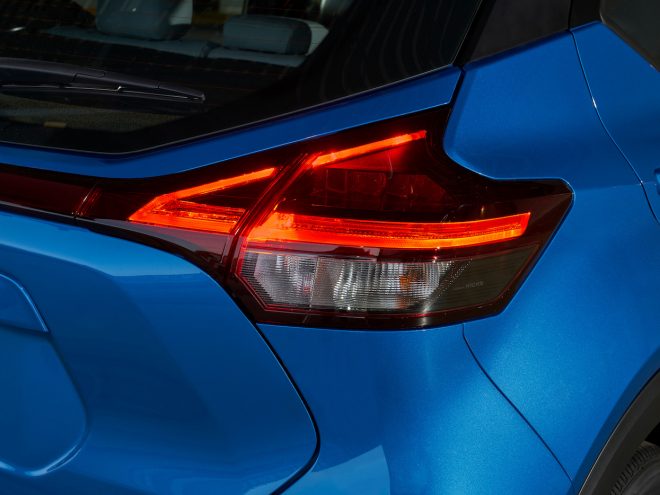
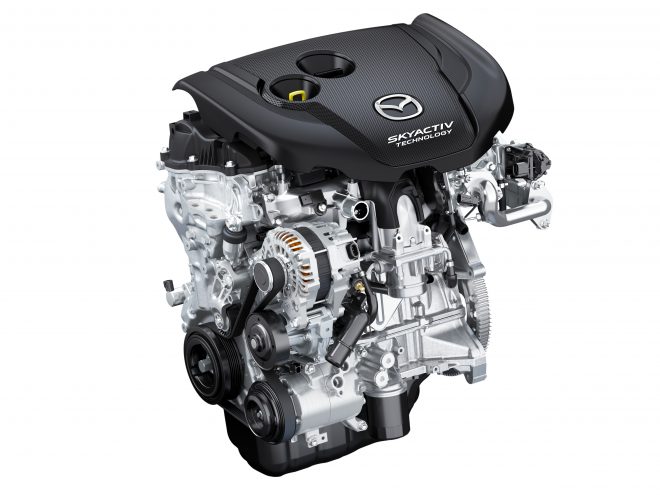
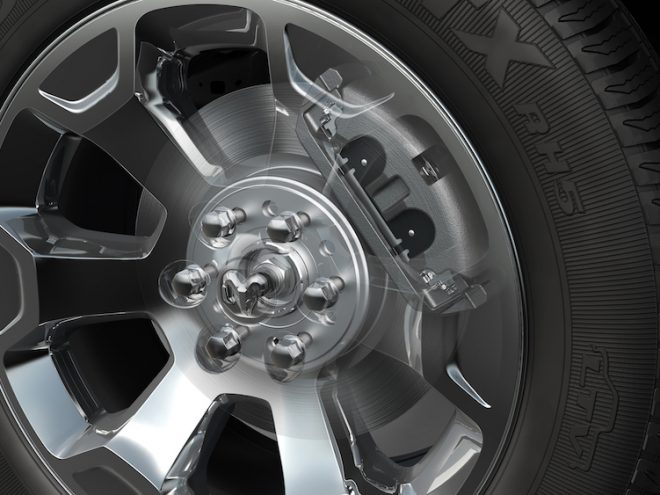
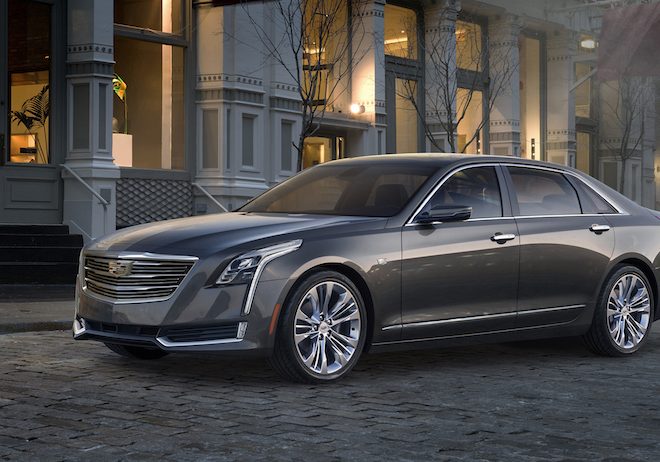

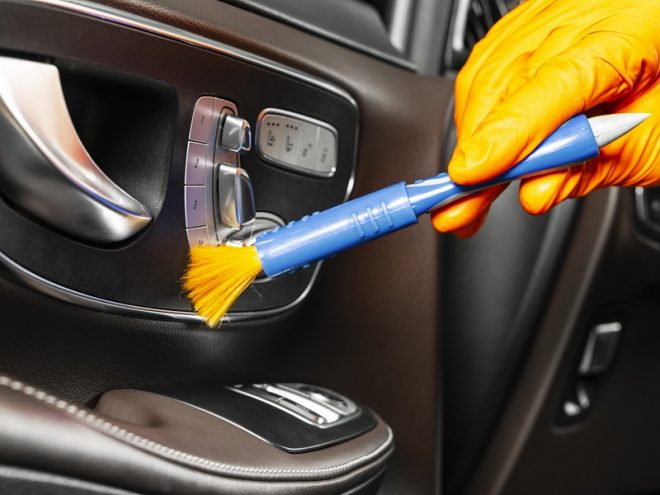




[…] key to doing your own repairs is to learn from other people. It’s not about working things out on your own or reinventing the […]